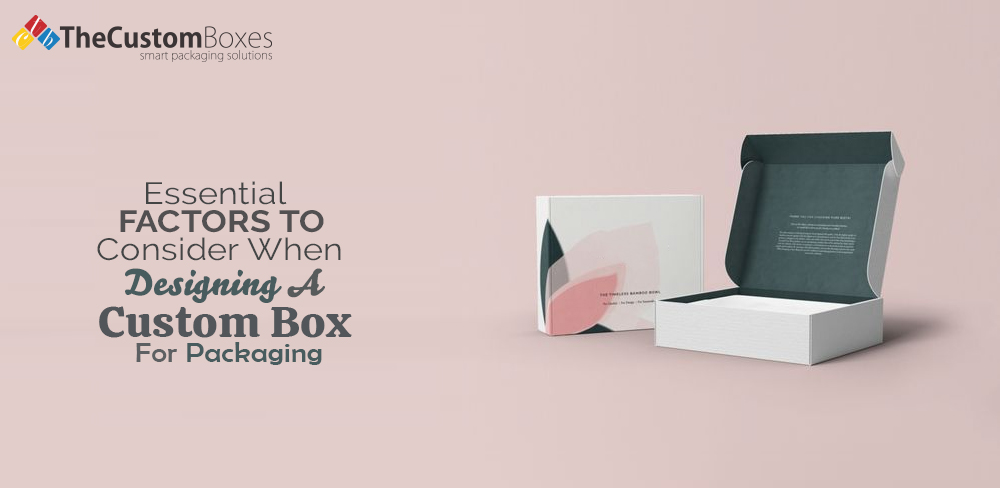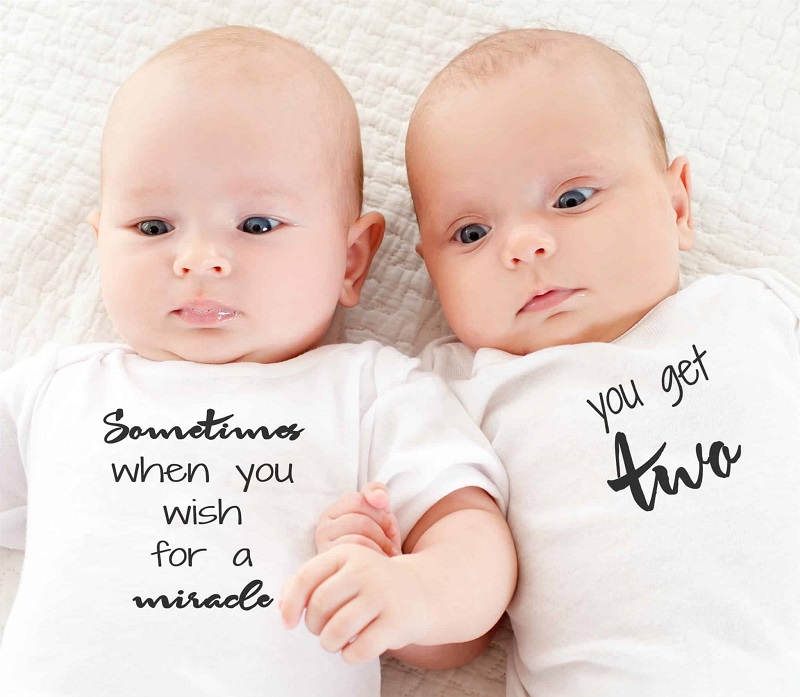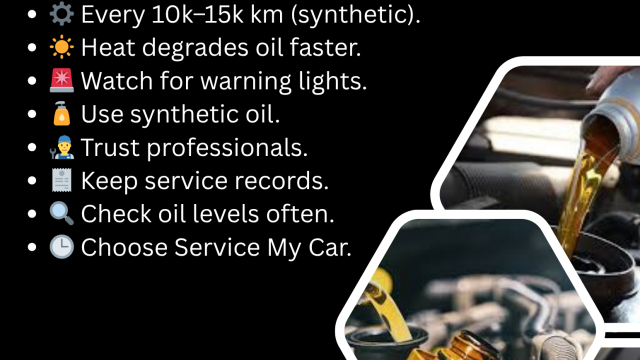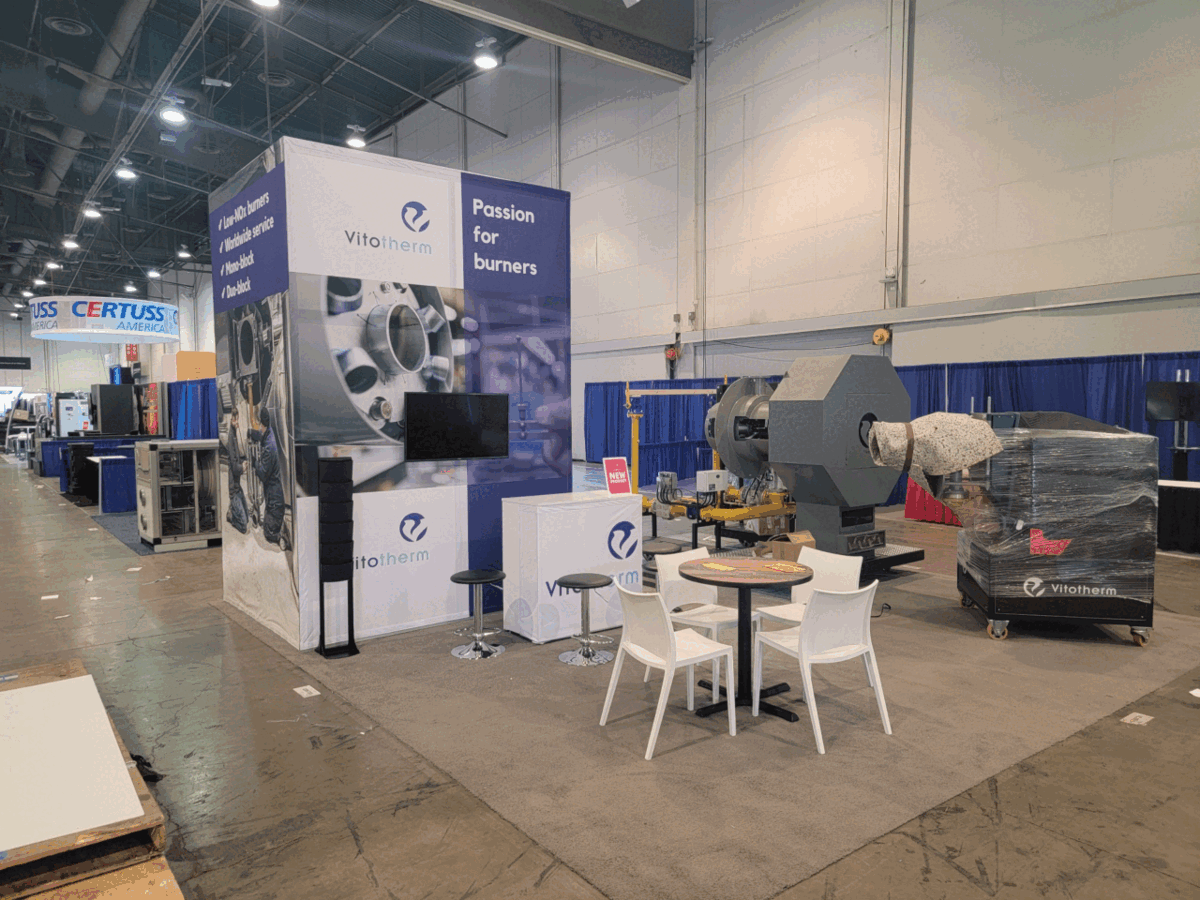Introduction:
Your product packaging is an extension of the actual product. You can even say that how your packaging looks is as important as the product itself. After all, the packaging is what people see first. Whether customers shop in-store or online, they’ll look at the box and packaging before deciding to purchase the product or not. Therefore, your packaging needs to have a design that grabs the attention of your target market and encourages them to buy your product. Here are some factors to consider when designing your packaging.
Size and Dimensions:
When it comes to designing a custom box for packaging, the “size and dimensions” factor is all about figuring out how big the box should be. You want to make sure it’s just the right size to accommodate and protect your product. First, think about the size of your product. Measure its length, width, and height. You’ll want to ensure that the box is slightly larger than the product to provide proper cushioning and protection.
Consider the product’s shape as well. If it’s an irregular shape or has delicate parts, you might need to design the box for packaging with custom inserts or compartments to keep everything secure. Another factor to consider is the space needed for any additional packaging materials, like bubble wrap or packing peanuts, if required. Remember, it’s important to strike a balance. You want the box to be snug enough to hold the product securely, but not so tight that it damages or distorts the product.
Material:
Now let’s talk about the “material” factor when designing a custom box for packaging. The material you choose for your custom box is crucial because it determines the level of protection it provides for your product. There are a few common options to consider:
Cardboard:
This is a widely used material due to its durability and affordability. It offers decent protection for most products and can be printed on for branding purposes.
Corrugated board:
This is similar to cardboard but has an added layer of fluted material in between. It provides extra strength and cushioning, making it ideal for protecting fragile or delicate items during shipping or transportation.
Recycled Kraft paper:
If you’re looking for an eco-friendly option, recycled Kraft paper is a great choice. It’s made from recycled materials and still offers decent protection for your product.
When selecting the material, think about the nature of your product and its vulnerability to damage during transit. Also, consider any specific requirements or regulations for your industry.
Branding and Graphics:
When it comes to designing a custom box for packaging, the “branding and graphics” factor is crucial! This factor focuses on how you can use branding elements and visually appealing graphics to make your box stand out and connect with your audience. Firstly, consider incorporating your brand’s logo, colors, and overall identity into the box design. This helps create brand recognition and strengthens your brand image. Using consistent branding across all touchpoints, including packaging, helps customers easily identify and remember your product.
Secondly, think about utilizing eye-catching graphics and visuals that relate to your product or target audience. This could include images, illustrations, patterns, or even creative typography. These elements should align with your brand’s personality and enhance the overall aesthetics of the packaging. Remember, the goal is to create a package that not only protects your product but also tells a visual story and leaves a lasting impression.
Printing and Finishing:
When it comes to designing a custom packaging box, the “printing and finishing” factor plays a key role in making your packaging look professional and eye-catching. Printing refers to the process of transferring your designs and graphics onto the box. There are different printing methods available, such as flexographic printing or digital printing. Flexographic printing is commonly used for large-volume orders, while digital printing allows for more flexibility and customization. Consider factors like cost, quality, and turnaround time when choosing the printing method that works best for your needs.
Finishing refers to the additional treatments applied to the box to enhance its appearance and functionality. This can include options like lamination, embossing, foiling, or spot varnish. Lamination adds a protective layer and can give your packaging a glossy or matte finish. Embossing creates raised designs or patterns, adding texture and a premium look. Foiling adds a metallic or reflective effect, perfect for adding shine to your design.
Cost-effectiveness:
When it comes to designing a custom packaging box, considering cost-effectiveness is important. This means finding a balance between the quality and aesthetics of the packaging while keeping the costs within your budget. To achieve cost-effectiveness, there are a few things to consider. Firstly, assess the materials used for the box. You can explore different options such as corrugated cardboard, Kraft paper, or recycled materials. These materials are usually more cost-effective compared to specialty or premium options.
Additionally, consider the size and dimensions of the box. Opting for standard sizes can help reduce costs since they are readily available and require less customization. Using efficient packaging dimensions also helps minimize materials and shipping costs. Another cost-saving aspect is the complexity of the design. Keep in mind that intricate designs with multiple colors, layers, or special finishes can increase production costs.
Environmental Considerations:
When designing a custom box for packaging, it’s crucial to take environmental considerations into account. It’s important to be mindful of the impact packaging can have on the environment and strive for sustainability. One key aspect to consider is the choice of materials. Opting for eco-friendly, recyclable, or biodegradable materials can significantly reduce the environmental footprint of your packaging. Materials like recycled cardboard or sustainable alternatives such as bamboo or sugarcane-based fibers are excellent choices.
Another consideration is the size and shape of the box. Designing packaging that minimizes wasted space can help reduce material usage and optimize shipping efficiency. This not only reduces costs but also lowers carbon emissions associated with transportation. Additionally, you can explore innovative packaging solutions that promote reusability or serve multiple purposes.
Wrapping Up:
By incorporating these considerations into the design of your custom box for packaging, you can contribute to a more sustainable packaging solution that aligns with your brand values. There are many packaging companies that offer such packaging options, but it’s somehow difficult to find the best. The Custom Boxes is a trustworthy packaging company for the customers. They offer free shipping worldwide.




